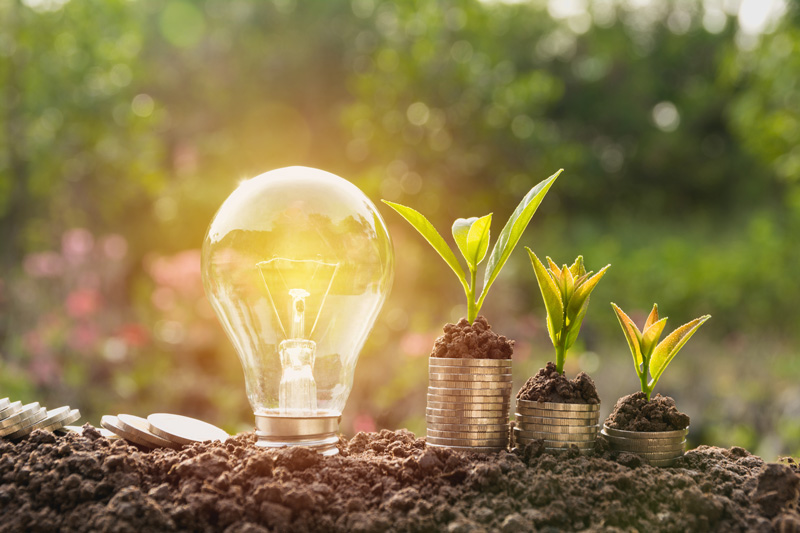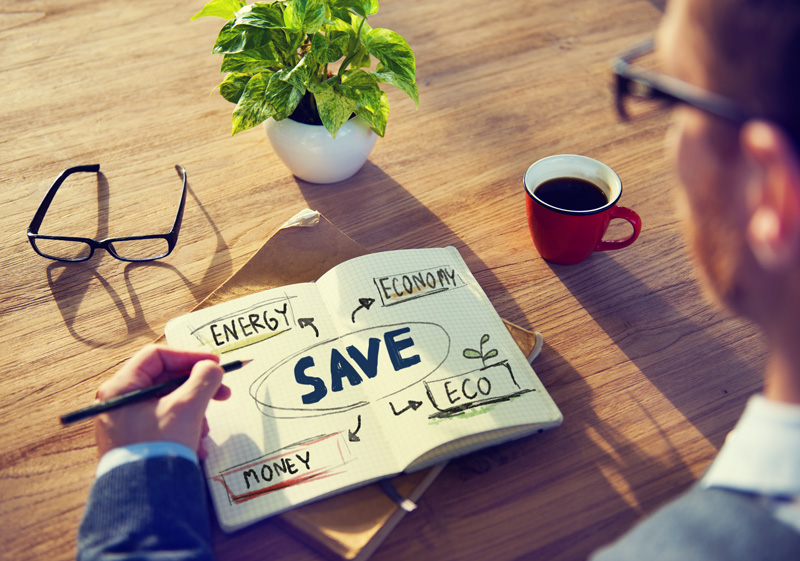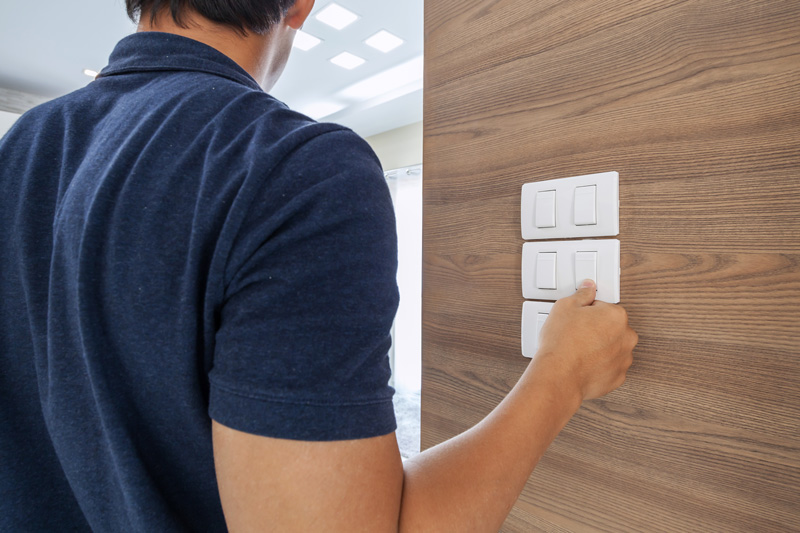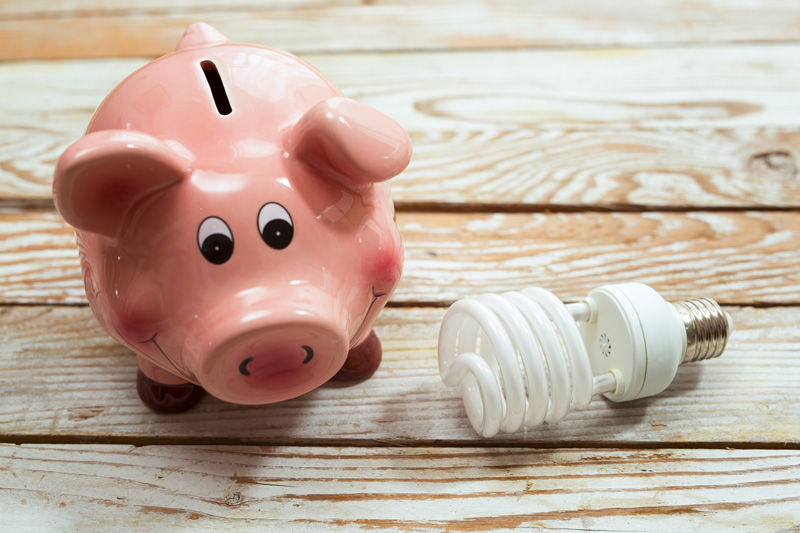If you are a consumer, you are likely to develop plans to save energy. The primary reason is to reduce energy expenses and promote environmental value. Industrial as well as commercial energy consumers want to maximize their profit. Hence, they resort to different tactics that will likewise push their end to utmost advantage without sacrificing the efficiency of the business.

All About Energy
On a bigger scale, energy conservation is a factor of energy policy. Based on supply and demand, there will arise a need to increase the supply of energy when there are many consumers who use the same. Moreover, when there is a big percentage of consumers, the energy will be distributed among them. Supply of energy will be lessened if the demand for it soars. This is where energy conservation becomes a big deal.
It is advisable to encourage energy conservation among consumers as not to exhaust energy supply. In the present time, the government is finding ways to find a cheaper and more environmentally responsive energy source that can be utilized as a viable alternative to the present energy sources.
The residential sector, which include private residences, apartments, dormitories, single-family homes and the like, also need to practice energy conservation. In fact, one of the most efficient places to start energy conservation is right at your very home.
The amount of energy used by homes across the globe varies according to its location. On average, approximately one-half of the energy used by the residential sector in the United States is expended on space conditioning.
Create a Checklist
According to statistics, home energy consumption averages 44 percent on space conditioning, 13 percent on water heating, 12 percent on lighting, 8 percent on refrigeration, 6 percent on home electronics, 5 percent on laundry appliances, 4 percent on kitchen appliances, and 8 percent on other uses. Imagine the savings when you practice home energy conservation at all times. The best way to save energy is by creating a checklist.
Here are some of the things that you can incorporate in your checklist:
1. Insulate your home
2. Change leaky windows
3. Seal leaks that you know of and search for some possible leaks.
4. Assess your heating and cooling system regularly.
5. Have your heating and cooling systems tuned up in the fall and spring.
6. Replace inefficient and old appliances.
7. Install a clock thermostat.
8. Plan an energy audit for your home.
9. Separate your utility bills and target greater energy conservation on the biggest bill.
10. Purchase a water-heater blanket, faucet aerators, low-flow shower heads, and compact fluorescents as needed.
11. Start using energy-saving settings on clothes dryers, washing machines, dishwashers, and refrigerators.
12. Clean or change air-conditioner, furnace, and heat-pump filters.
With this home energy saving checklist, your home will be energy efficient. Aside from that, you will also get immense savings.

Energy in the Home
The home not only provides us with shelter, but can be a place where we feel comfortable. Indeed, the home functions as a shield against the rain, sun, snow, and wind. The basic home should be entirely durable and sturdy. These factors and requirements may be met if only all the elements comprising the home will work hand in hand. The inside and outside environments, the entirety of the building shell itself, the occupants, and the mechanical system must all together function as one united factors.
The building envelope is said to be the shell of the entire house that shields us from weather elements. The things that comprise it are the windows, doors, above-grade walls, the roof, the floor, and the basement walls. The building envelope must be capable of providing the structural support for all of the roofs and walls, shield the overall structure from complete deterioration, permit the flow of natural lighting in the interior, and must serve as the medium of getting in and out of the structure. Furthermore, the building envelope should mark a line between the indoor and outdoor environment plus the weather that exists outside of the structure.
For a satisfying stay in the home, there is a need for the home energy to work out well. Imagine your home to be very warm – you will be unable to get a good sleep and complete rest. As a result, most people are faced with tremendously high electrical bills. When you want nothing but comfort and convenience, you must invest on home appliances that will serve the purpose. Air conditioning units for one are very common to use. However, the excessive use of these types of equipment causes the electric consumption to skyrocket.
Cutting back on Consumption
What will make you save your hard-earned money? Cutting back your expenses will be practical in these hard times, starting with the conservation of energy consumption. Employing into your system some kind of home energy saving ideas will prompt you to save tons of dollars in your very own pocket. Among the commonly practiced home energy saving ideas include turning off of the lights and unplugging of the appliances when they are not in use, air-sealing tight the borders of the home, placing screens on the doors and windows so that proper ventilation will come in, and by making use of the home energy saving devices that can be bought from several hardware and stores.
Refer back to your checklist of home energy saving tips so that you will be able to remind yourself of how to save energy. Your home energy is a very basic need – no one can survive a day without making use of home energy. As much as its vitality for survival is concerned, so is the price that comes along with it.

Energy Saving Tips
Home energy saving tips are great way to improve your home. You can always be comfortable and convenient without risking your hard earned money. Saving for the rainy days will always be practical and will ensure the security of your family.
Electricity bills can get expensive. It seems that every day, the cost of electricity keeps getting higher and higher. Because of this, we all tend to look towards alternative energy sources.
However, the search for alternative energy sources does not come cheap. There is also the problem of transitioning from conventional energy sources to the alternative energy sources. Many people are suspicious of any new methods and would prefer to stick with their conventional electricity.
More people are gradually being persuaded to the alternative side mainly because of the high cost of home energy consumption. New energy technology, of course, takes some time to perfect. In the meantime, there are a lot of things you can do to minimize your home energy consumption.
The energy of information administration of the US department of energy has recently concluded a survey on the home energy consumption of US households during the year 2001. Through this data, we can at least gain some insight of which appliances are costing us.
At the top of the list is climate control. Would you believe that American households consume 355.7 billion kWh just to keep themselves cool or hot? That’s 31.2 percent of the total home energy consumption. Think of how much you will be able to eliminate from your home energy consumption by just turning appliances off when you are not using them.
In addition, kitchen appliances count for 26.7 percent of home energy consumption. Of course, you can’t turn off your refrigerator when you are not home, but there are a lot of alternatives in order to help you reduce your electricity bill.
Did you know that leaving the refrigerator door open increases your home energy consumption? When you open your refrigerator door, heat rushes inside the refrigerator. This means that the fridge has to consume more electricity in order to maintain its internal temperature. If you leave the door open, you are wasting electricity.

Water heating costs US households 104.1 billion kWh in electricity. Hot baths especially take up a lot of energy. Millions of people all over the world take cold showers everyday, and reducing your hot water intake could save a lot of energy. Hot baths are a luxury. If people treated them as such, then they would save on energy consumption.
There is an alternative solution: solar heaters not only save electricity by using solar power to heat your water, but they can also be connected to power small appliances. If everyone just invested in these ideas, people would be able to lessen their home energy consumption considerably.
Lighting counts for 8.8 percent of home energy consumption. It is necessary to have lighting around your home; however, lighting is not necessary at all hours of the day, and natural lighting can be a good source to minimize energy consumption.
There are a lot of simple ways in which we can cut back our home energy consumption. Just by exerting a little effort, we can save a lot of money, help improve the environment, and cause less wastefulness.